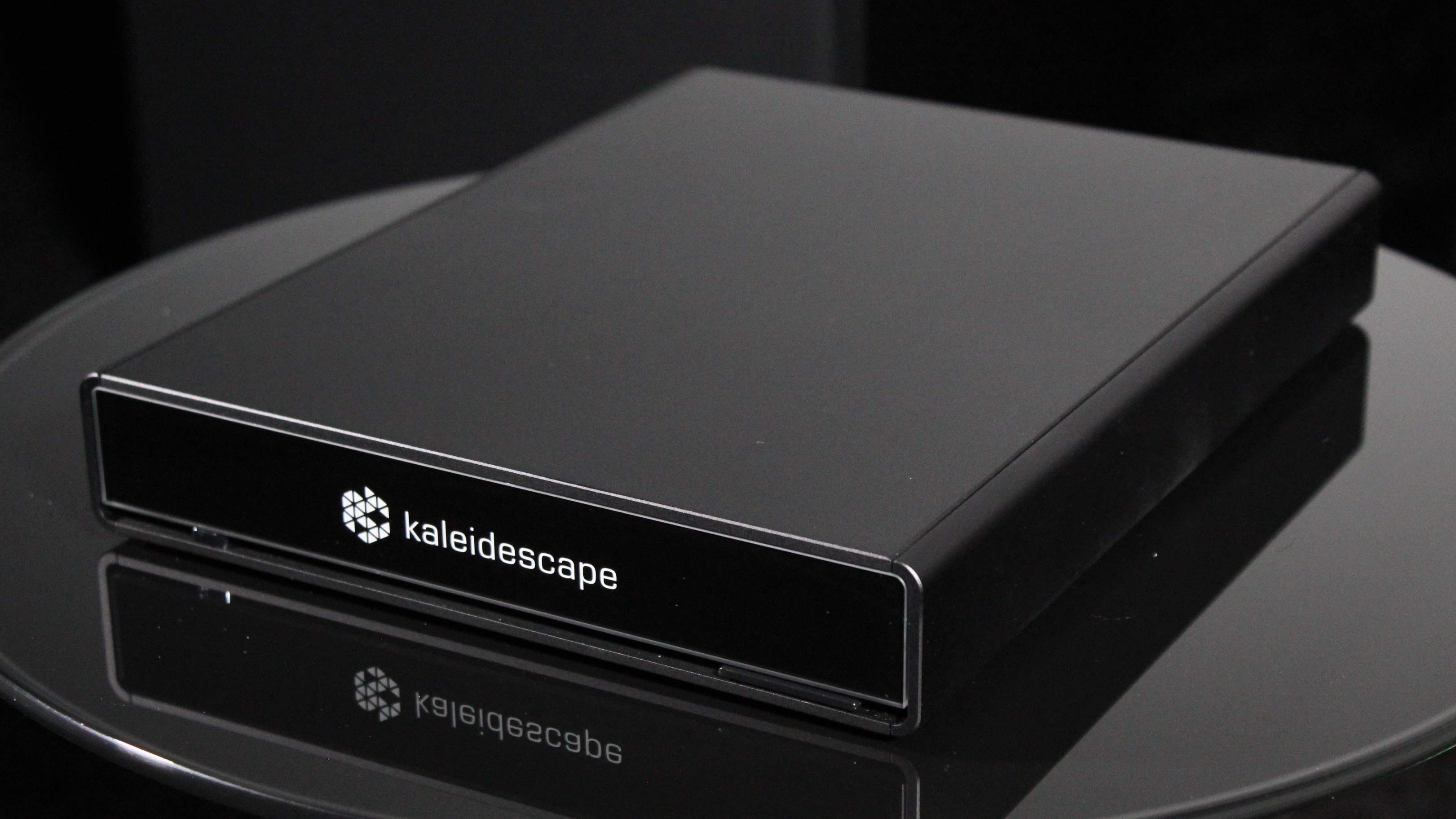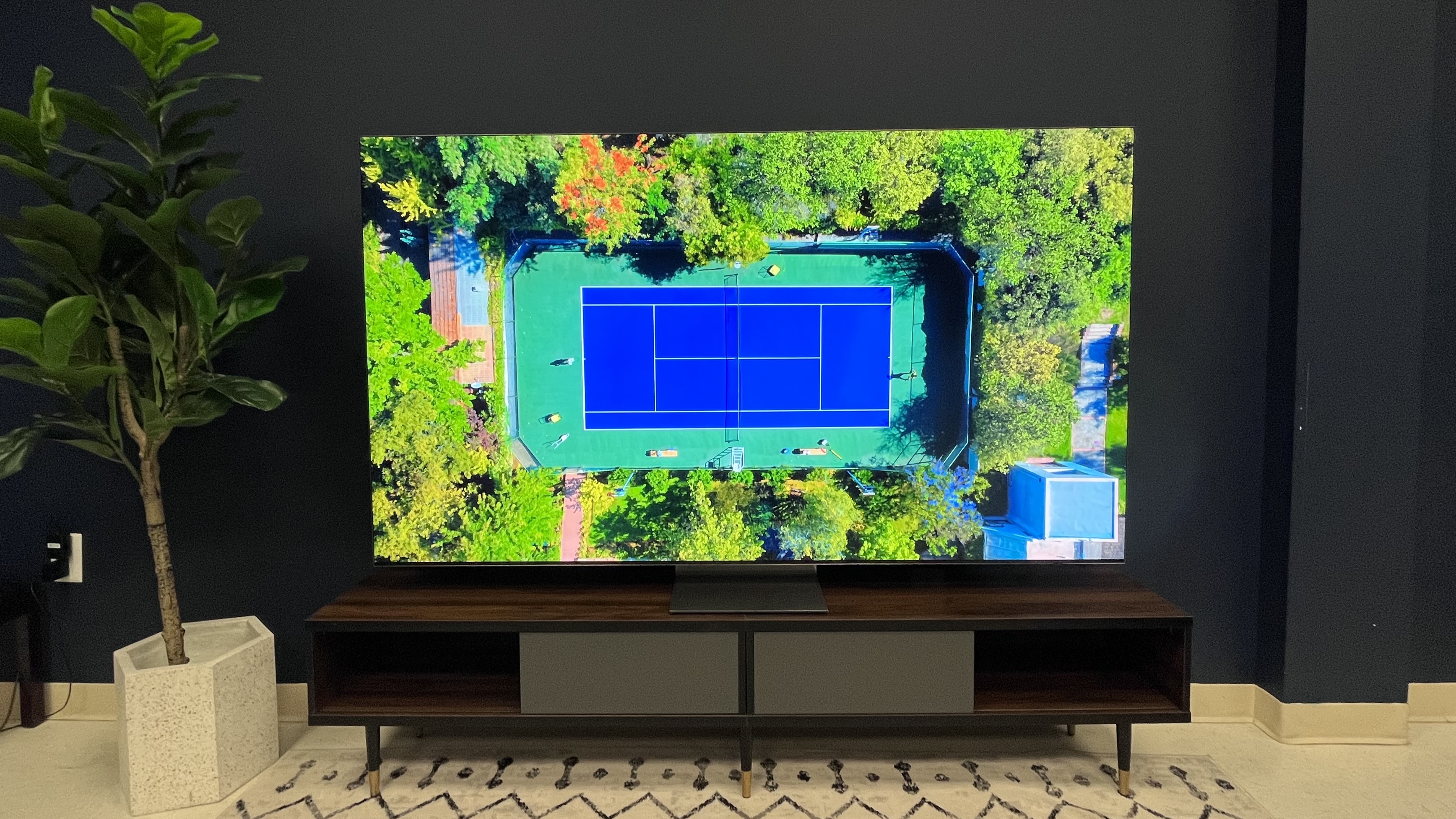Click here to visit Original posting
Kaleidescape may not be a household name, but most home theater fans will have at least some familiarity with the company’s movie players and servers, which provide the highest-quality alternative to the best 4K Blu-ray players.
In case you’re not familiar with Kaleidescape, its systems let you download movies for purchase or rental from an online storefront with a comprehensive library, and in some cases, new titles not yet available from other online services like Amazon or Apple TV. The picture quality of Kaleidescape downloads is equivalent to 4K Blu-ray, with support for both Dolby Vision and HDR10 high dynamic range formats, along with lossless Dolby Atmos and DTS:X soundtracks.
A typical Kaleidescape system can be pricey, but over the past year, the company has expanded its product line with a lower-cost standalone 4K movie player, the Kaleidescape Strato V, plus an even cheaper 2K model, the Strato M. Those releases demonstrate that the company is looking to expand its reach into new markets, and also to give existing Kaleidescape owners options for expanding their systems outside of a dedicated home theater driven by the best projectors.

The most recent news from Kaleidescape is an announcement of its membership in the 8K Association, an industry group dedicated to accelerating the adoption of 8K content and 8K TVs.
In a company press release, Kaleidescape chairman and CEO Tayloe Stansbury characterized the alliance as one that “positions Kaleidescape alongside other industry leaders, committed to fostering a collaborative environment, and dedicated to the advancement and standardization of 8K technology.”
Stansbury further stated, “As consumers demand larger screens, higher-fidelity and increasingly immersive experiences, Kaleidescape’s involvement in the 8KA will play a pivotal role in shaping the future of premium home cinema.”
A fighting chance for 8K?

Looking at the current TV market, it’s impossible to ignore that set manufacturers have a lukewarm relationship with the 8K format. Until recently, new 8K TVs were a regular thing, but only one company, Samsung, has announced new 8K models for 2025 (the Samsung QN990F and Samsung QN900F).
Projectors supporting 8K have also been slow to emerge, with only two consumer models, the JVC DLA-NZ9 and JVC DLA-NZ8, currently available.
An 8K TV can be priced almost twice as high as an equivalent 4K model, but the main reason why the 8K TV market hasn’t really taken off is a lack of 8K content. You can find some 8K – mainly eye candy travelogues – on YouTube, but there isn’t a better online source for streamed 8K content such as documentaries, concert videos, or movies.
An 8K disc format isn’t technically out of the question, but there’s been no commercial advancement on that front since 8K TVs first appeared. Also, physical disc sales, 4K Blu-ray included, have been steadily declining, falling below $1 billion for the first time in the US in 2024.
Given that trend, the outlook for an 8K disc format is grim to nonexistent. That’s why Kaleidescape’s 8K Association announcement is intriguing – the company has the technical infrastructure to make 8K downloads possible, and its business model means that content can be delivered without the high compression levels that make the best streaming services inferior to 4K Blu-ray Disc.
Another good omen for 8K is Kaleidescape’s customer base, which is comprised of high-end home theater enthusiasts willing to pay for the highest quality presentation possible. Many of those customers also use either video projection systems or ultra-large screen TVs, and the added detail provided by 8K can be appreciated on such displays.
Samsung’s new QN990F series 8K TVs are available in a 98-inch screen size. An 8K TV that large deserves actual 8K content, and with Kaleidescape’s announcement, there’s new hope that more and better 8K content could be coming.